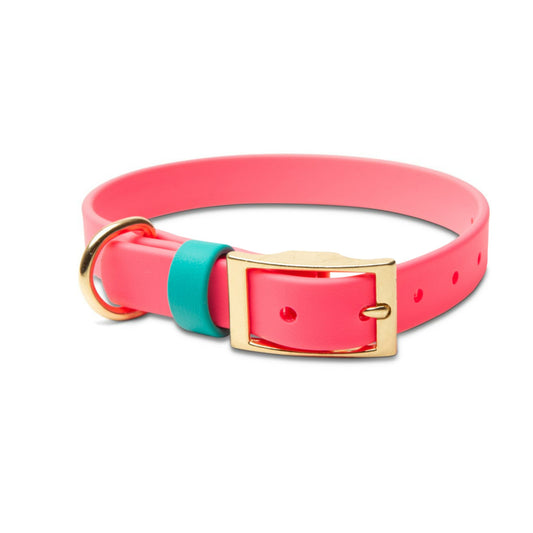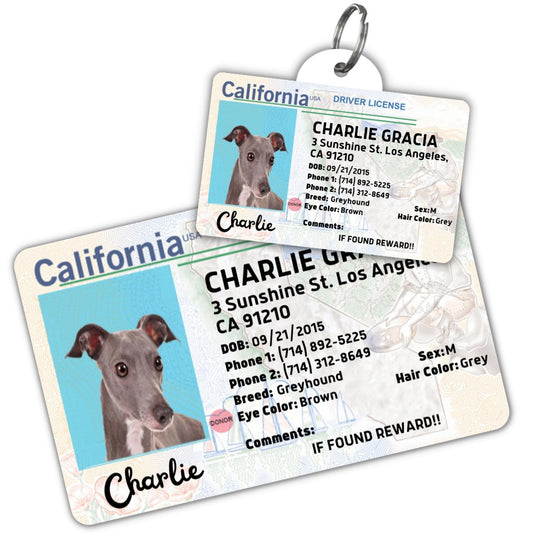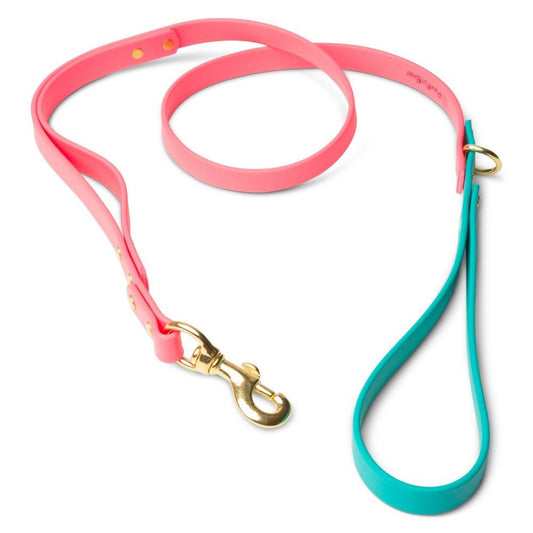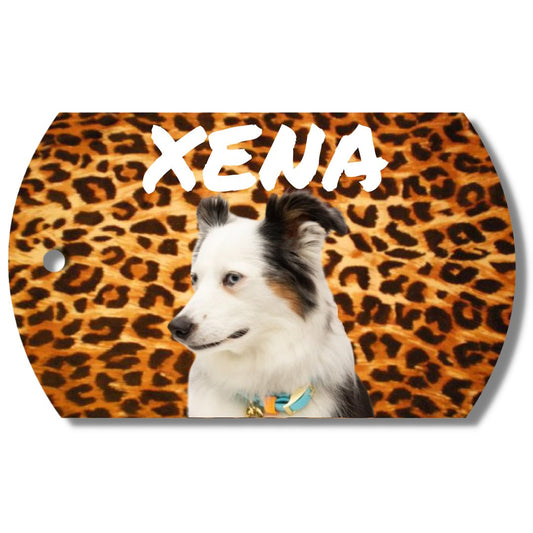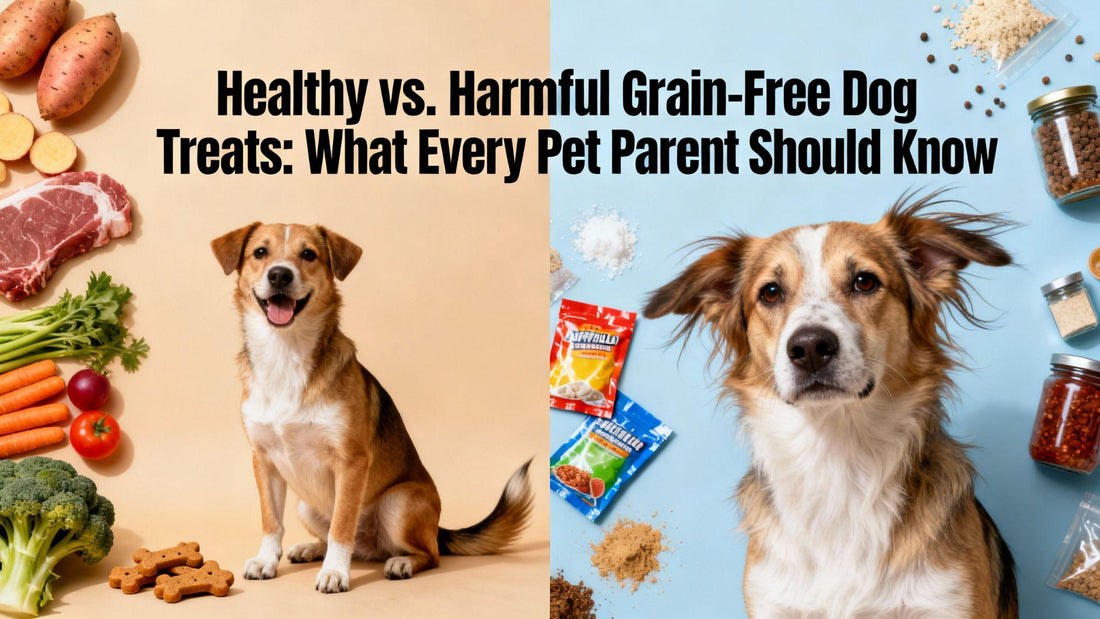
Healthy vs. Harmful Grain-Free Dog Treats: What Every Pet Parent Should Know
As pet parents, we all want to give our dogs the best, healthy food, safe toys, and delicious treats that also support their well-being. But with the explosion of specialty products in the market, especially grain-free dog treats and gluten-free dog treats, it’s easy to get confused. Are grain-free treats truly healthier for your dog, or are they just a trend? What ingredients should you look for, and what should you avoid?
In this guide, we’ll break down the truth about grain-free dog treats, uncover the differences between healthy and harmful options, and help you make informed decisions when shopping from trusted collections like PawFurEver’s dog treats.
Why Grain-Free Dog Treats Became Popular
The rise of grain-free dog treats comes from the belief that dogs, like their wolf ancestors, thrive on high-protein, meat-based diets and do not naturally process grains well. Many pet owners also noticed improvements in digestion, energy, and skin health when switching to grain-free diets.
Additionally, dogs with allergies or sensitivities to ingredients like wheat, corn, or soy may benefit from gluten-free dog treats. These treats are made without grains containing gluten (like wheat, barley, or rye), which can sometimes trigger skin irritation, stomach upset, or other health issues.
However, not all grain-free options are created equal. Some are packed with high-quality proteins and nutrient-dense vegetables, while others replace grains with cheap fillers like potatoes or pea protein that don’t provide much nutritional value.
Healthy Grain-Free Dog Treats: What to Look For
The best grain-free dog treats are those that use wholesome, easily digestible ingredients. When shopping, look for these key elements:
1. High-Quality Protein as the First Ingredient
Dogs thrive on protein. Whether it’s chicken, salmon, beef, or lamb, ensure that the first ingredient in the treat is a real, named protein source. Avoid generic terms like “meat meal” without specification.
2. Limited, Natural Ingredients
Fewer ingredients usually mean fewer chances of allergens. Look for simple recipes with whole foods like sweet potatoes, chickpeas, pumpkin, or blueberries.
3. Nutrient-Dense Carbohydrate Alternatives
Instead of replacing grains with empty fillers, healthy grain-free treats should include complex carbs that also provide vitamins, minerals, and fiber. Examples: lentils, chickpeas, pumpkin, and peas (in moderation).
4. No Artificial Additives
Avoid treats with artificial preservatives, colors, or flavors. These add no nutritional value and may harm your dog’s health in the long term.
5. Digestibility & Palatability
The best grain-free and gluten-free dog treats should be easy on your dog’s stomach while still being tasty enough to keep them excited during training or playtime.
Harmful Grain-Free Dog Treats: Red Flags
While some grain-free dog treats are beneficial, others can do more harm than good. Here are warning signs to watch out for:
1. Too Many Starchy Fillers
Many low-quality grain-free treats rely heavily on potatoes, tapioca, or pea protein to bulk up the recipe. While safe in moderation, excessive starch can contribute to weight gain and even spike blood sugar levels in dogs.
2. Unclear Protein Sources
Phrases like “meat meal,” “animal by-products,” or “poultry by-product meal” without specifics often indicate low-quality proteins that may lack essential amino acids.
3. Hidden Sugars
Some treats add sweeteners like molasses, cane syrup, or glycerin to make them more palatable. But dogs don’t need added sugar, and these ingredients can lead to obesity or dental issues.
4. Overly Processed Ingredients
Extruded or heavily processed treats often lose much of their nutritional value. Look for treats that retain more natural nutrients, such as baked or freeze-dried options.
5. Artificial Preservatives & Chemicals
Ingredients like BHA, BHT, or ethoxyquin should raise red flags. They’re linked to potential health risks and have no place in your dog’s diet.
Grain-Free vs. Gluten-Free: What’s the Difference?
While often used interchangeably, grain-free dog treats and gluten-free dog treats are not exactly the same:
-
Grain-Free Dog Treats: Contain no grains at all (no wheat, corn, rice, oats, barley, rye, etc.). Carbohydrates usually come from alternatives like sweet potatoes, peas, or chickpeas.
-
Gluten-Free Dog Treats: Exclude gluten-containing grains (wheat, barley, rye) but may still include gluten-free grains like rice, corn, or oats.
So, if your dog has gluten sensitivity but tolerates rice, a gluten-free dog treat may be fine. If your dog is allergic to grains altogether or you prefer to avoid them, then grain-free treats are the better choice.
Are Grain-Free Dog Treats Always Better?

Not necessarily. While some dogs thrive on grain-free diets, others do perfectly fine with whole grains. The key is knowing your pet’s specific needs.
-
Dogs with grain allergies or sensitive stomachs may benefit from grain-free or gluten-free dog treats.
-
Active dogs may need complex carbs for sustained energy, which some whole grains can provide.
-
Overweight or diabetic dogs should avoid treats with high starch or sugar content, even if grain-free.
The bottom line: It’s not just about whether a treat is grain-free or gluten-free—it’s about the quality of the ingredients and whether they meet your dog’s individual health requirements.
How to Choose the Right Treats for Your Dog
When browsing treats, like those available in the PawFurEver Treats Collection, keep these steps in mind:
-
Read the Ingredient List Carefully – The fewer, the better. Choose treats with identifiable whole foods.
-
Check Protein Sources – Look for real meat or fish as the first ingredient.
-
Avoid Excess Fillers – Say no to starch-heavy or sugar-laden recipes.
-
Consider Your Dog’s Needs – Senior dogs may need softer, easy-to-chew treats, while active pups may need higher protein.
-
Test for Tolerance – Introduce new treats slowly and monitor for any digestive upset.
The Role of Treats in Training & Bonding
Treats aren’t just snacks—they’re essential for training, rewarding good behavior, and building bonds. But quantity and quality matter. Even healthy treats can add unnecessary calories if overfed.
A few tips:
-
Break larger treats into small pieces for training.
-
Use grain-free dog treats as occasional rewards, not meal replacements.
-
Balance with regular exercise to maintain a healthy weight.
Why PawFurEver Treats Stand Out
At PawFurEver, we understand that not all grain-free dog treats are equal. That’s why our collection emphasizes:
-
High-quality proteins your pup will love.
-
Gluten-free options for sensitive dogs.
-
No artificial additives or harmful preservatives.
-
Wholesome recipes designed to nourish as well as reward.
Every treat in our dog treats collection is crafted with love, ensuring your furry friend enjoys not just the taste but also the health benefits.
Common Myths About Grain-Free Dog Treats
With the popularity of grain-free dog treats, several misconceptions have emerged. Understanding the truth is vital for making informed choices.
Myth 1: Grain-Free Treats Are Always Healthier
Not necessarily. While grain-free treats can benefit dogs with allergies or sensitivities, they aren’t inherently superior for all dogs. Some low-quality grain-free treats rely heavily on starches like peas or potatoes instead of whole, nutrient-dense ingredients. Always check the ingredient list and nutritional profile rather than assuming “grain-free” equals “healthy.”
Myth 2: Gluten-Free Means Grain-Free
As discussed earlier, gluten-free dog treats may still contain grains like rice or corn. These treats are ideal for dogs with gluten sensitivities, but not for those allergic to all grains. PawFurEver provides clear labeling on every treat, helping pet owners choose the right option for their dog’s specific needs.
Myth 3: High Protein Automatically Means Better Treats
Protein is important, but the source matters. Treats made with unspecified “meat meal” or by-products don’t offer the same nutrition as those made with whole, named meats like chicken, beef, or salmon. High-quality protein ensures your dog gets essential amino acids for energy, growth, and muscle maintenance.
Vet Insights: Safe Treat Guidelines
Veterinarians emphasize that treats should complement a balanced diet, not replace it. Here’s what experts recommend:
-
Moderation is Key – Treats should account for no more than 10% of your dog’s daily caloric intake. Overfeeding—even healthy treats—can lead to obesity or nutritional imbalance.
-
Age & Size Considerations – Puppies may need softer, smaller treats, while senior dogs benefit from low-calorie, easily digestible options.
-
Ingredient Transparency – Always read labels. Ingredients should be recognizable, wholesome, and appropriate for your dog’s dietary needs.
-
Allergy Awareness – Some dogs may be sensitive to ingredients like peas, lentils, or novel proteins. Introduce new treats slowly and monitor for signs of intolerance, such as itching, vomiting, or diarrhea.
PawFurEver’s grain-free and gluten-free dog treats are formulated with these principles in mind, ensuring your pet enjoys snacks that are both safe and tasty.
How Grain-Free Treats Affect Digestion
One of the biggest reasons dog owners switch to grain-free treats is to improve digestion. Dogs with allergies or sensitivities may experience:
-
Upset stomach
-
Gas or bloating
-
Skin irritation or itching
-
Low energy levels
High-quality grain-free treats, like those in the PawFurEver collection, contain ingredients that are easy on the digestive system. Proteins from chicken, fish, or lamb are highly digestible, while alternatives like sweet potatoes or pumpkin provide fiber to support healthy gut function.
It’s also important to balance treats with your dog’s regular diet. Grain-free treats should complement, not replace, nutrient-rich dog food.
Choosing the Right Treats for Your Dog
Every dog is unique, and their treat needs vary by breed, age, activity level, and health condition. Here’s a step-by-step guide:
-
Assess Your Dog’s Health – Determine if your dog has allergies, gluten sensitivity, or other dietary restrictions.
-
Check Ingredients – Choose treats with high-quality protein, limited fillers, and no artificial additives.
-
Consider Texture – Puppies and senior dogs need softer treats, while active dogs may enjoy chewier options for dental health.
-
Portion Size – Break larger treats into smaller pieces for training or reward purposes.
-
Look for Trusted Brands – PawFurEver ensures transparency, quality, and variety in all treats, giving you confidence in your purchase.
Benefits of Grain-Free Treats from PawFurEver
When you choose PawFurEver grain-free dog treats, you’re not just offering a tasty snack—you’re giving your dog a healthier, safer treat experience:
-
Nutritionally Balanced – Carefully crafted with wholesome ingredients for optimal digestion, energy, and coat health.
-
Allergy-Friendly Options – Free from common allergens, including gluten, wheat, and soy, reducing the risk of skin or stomach issues.
-
Made with Love – Every treat is made with your dog’s well-being in mind, combining flavor with functionality.
-
Convenient & Safe – Easy to store, portion, and serve during training or casual rewards.
The Role of Treats in Training and Bonding
Treats are more than snacks—they are tools for building trust and reinforcing positive behaviors. Proper use of treats enhances bonding between you and your dog:
-
Training Rewards – Use small grain-free pieces as motivation for sit, stay, or recall commands.
-
Bonding Time – Offering treats during play or cuddles strengthens emotional connections.
-
Health Maintenance – Choose treats with beneficial ingredients to support coat, teeth, and digestion.
With PawFurEver treats, you can combine training with nutrition, ensuring your dog is happy, healthy, and eager to learn.
Final Thoughts: Choosing the Best Treats for Your Dog
Grain-free and gluten-free dog treats can provide significant health benefits, especially for dogs with allergies or sensitive digestion. However, the key is quality over trendiness. Low-quality treats, even if grain-free, can do more harm than good.
By choosing treats with high-quality proteins, natural ingredients, and minimal additives—like those in the PawFurEver collection—you’re giving your dog the best combination of flavor, nutrition, and safety.
Remember, treats are an extension of your dog’s diet, training, and bonding experience. Selecting wisely ensures that your dog stays happy, healthy, and full of energy for years to come. PawFurEver makes it easy to find wholesome, safe, and delicious options that meet the unique needs of every pet.
With thoughtful choices and high-quality ingredients, every treat can be an expression of love—and a commitment to your dog’s lifelong health.
FAQs About Grain-Free Dog Treats
1. Are grain-free dog treats safe for all breeds?
Yes, but quality matters. High-quality grain-free treats made with natural proteins and limited fillers are generally safe for dogs of all sizes and breeds. Avoid treats with excessive starch, sugar, or artificial additives, which can be harmful over time. PawFurEver offers carefully formulated treats that are safe for both small and large breeds.
2. Can puppies eat grain-free or gluten-free treats?
Absolutely. Grain-free and gluten-free treats from PawFurEver are designed to be gentle on a puppy’s digestive system. Soft textures and limited ingredients ensure that puppies can enjoy treats without stomach upset, while still benefiting from essential proteins and nutrients.
3. How do I know if a treat is truly grain-free?
Always check the ingredient list. A true grain-free treat will not contain wheat, corn, rice, oats, barley, or rye. PawFurEver clearly labels its grain-free and gluten-free treats, making it easy to find products that match your dog’s dietary needs.
4. Are grain-free treats more expensive than regular treats?
They can be slightly higher in cost, but the long-term benefits often outweigh the price difference. High-quality ingredients, better digestibility, and fewer allergens make grain-free treats a smart investment in your dog’s health.
5. How should I store grain-free dog treats?
Store treats in a cool, dry place, ideally in an airtight container. PawFurEver’s treats are packaged to maintain freshness and flavor, ensuring your dog always enjoys the best quality snacks.


